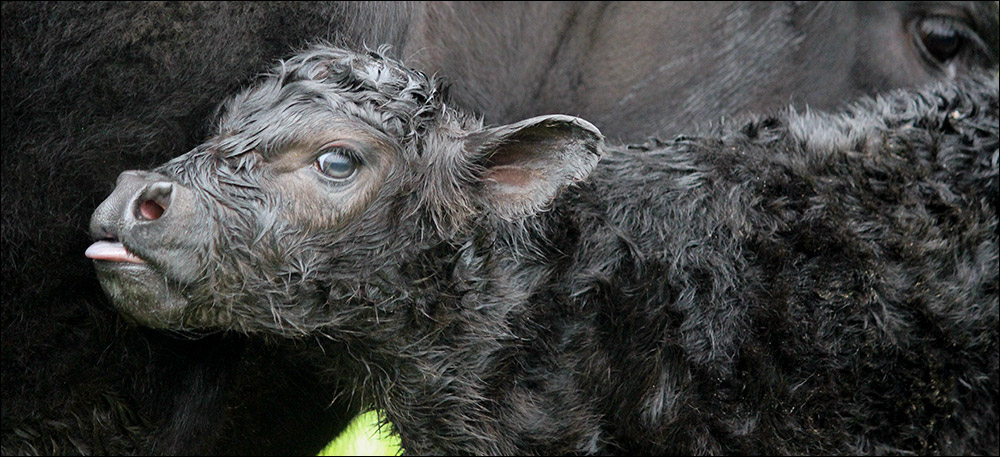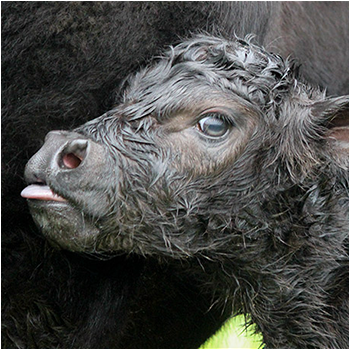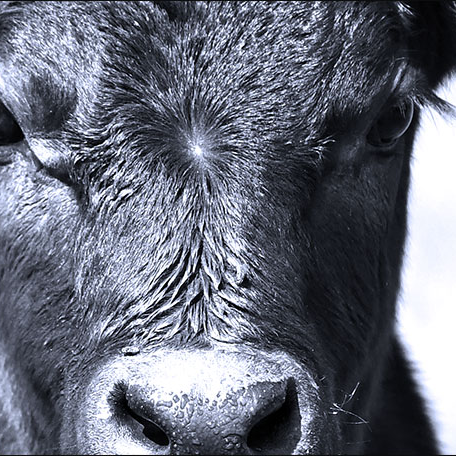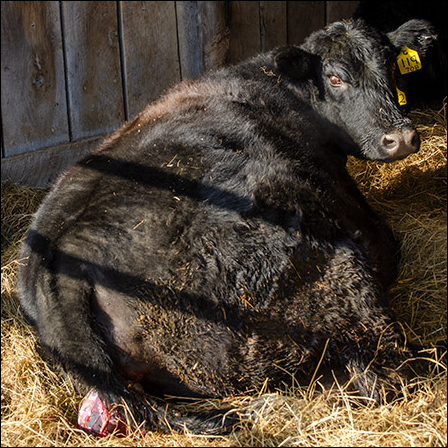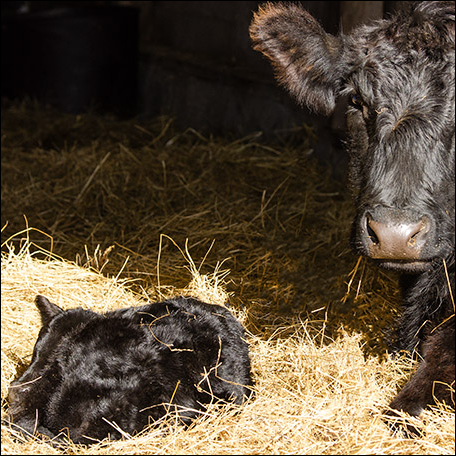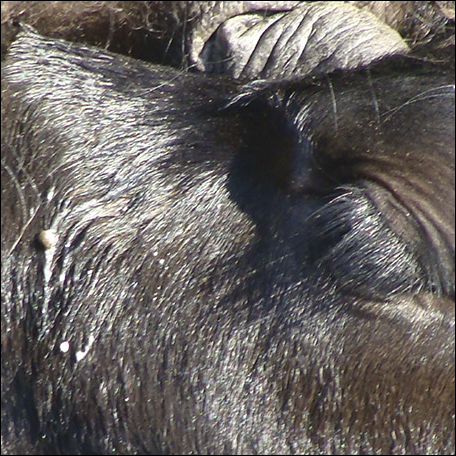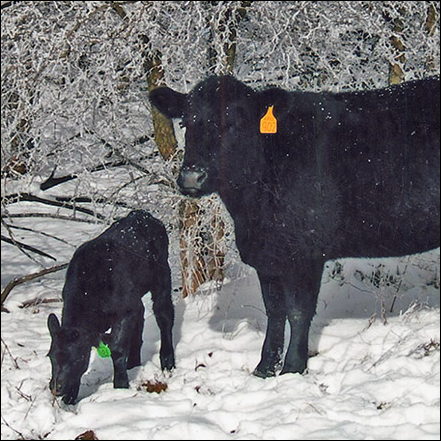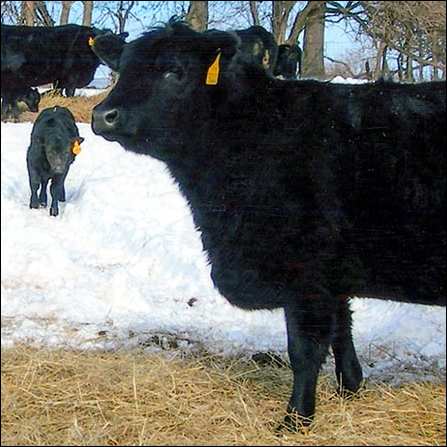Encourage Bonding
Tips for convincing a cow to accept an adopted calf.
Bottle babies sure are cute, but a calf being raised by a cow is much preferred. There are many reasons a calf may need to be adopted. Sometimes it’s not that the calf lost its mother, only that the mother is indifferent, especially first-calf heifers. Luckily, there are a few ways to make the process easier.
Get Them Warm
Rewarming methods offered for severely cold-stressed newborn calves.
Early spring-calving cow herds have to deal with extreme cold and snow, as we saw last month. Some newborn calves are certain to be cold-stressed after arrival. Getting those cold-stressed calves back to normal body temperatures as soon as possible will save the lives of some calves and increase the vigor of others.
Winter Pet Care Questions Answered
A veterinarian advises on winter pet care, outlines steps to take should a pet experience frostbite.
While some pets are naturally equipped for the cold weather, many are not. Learn more from Asitha Pillai, emergency clinician with Oklahoma State University’s Veterinary Medical Hospital. She shares answers to common questions pet lovers may have about winter pet care.
When and How to Check a Cow
An in-tune stockman will recognize the onset of labor.
Knowing when to check a cow that’s not progressing in labor is crucial, and you must be watching her to know how long she’s been in early labor.
Cautions Against Cold Stress
Late-winter storms can cause challenges for cattle producers.
A Kansas State University beef cattle specialist urges cattle producers to continue monitoring their cattle’s condition, especially during periods when Mother Nature sends her winter chill.
Unglamorous, but Important
The third stage of calving: shedding of fetal membranes.
The process of calving, or parturition, in beef cattle is defined by three stages. Stage I occurs about four to 24 hours prior to calving. The major event during stage I is the dilation of the cervix. Stage II occurs in about 30 minutes in adult cows and about one hour in first-calf heifers (when all goes well). It’s the time when the calf passes through the birth canal and is delivered into the world. The third stage of calving is the shedding of the placenta, or fetal membranes. In cattle this normally occurs in less than eight to 12 hours.
Managing Mother’s Milk
Veterinarians discuss the importance of a calf’s nursing in the first 24 hours of its life.
The old phrase “Milk. It Does A Body Good” is an advertising slogan from the 1980s, but it still rings true today for people and cattle. Just like in humans, the most important drink of milk in a calf’s life happens within the first 24 hours, according to Kansas State University veterinarians Bob Larson and Brad White.
